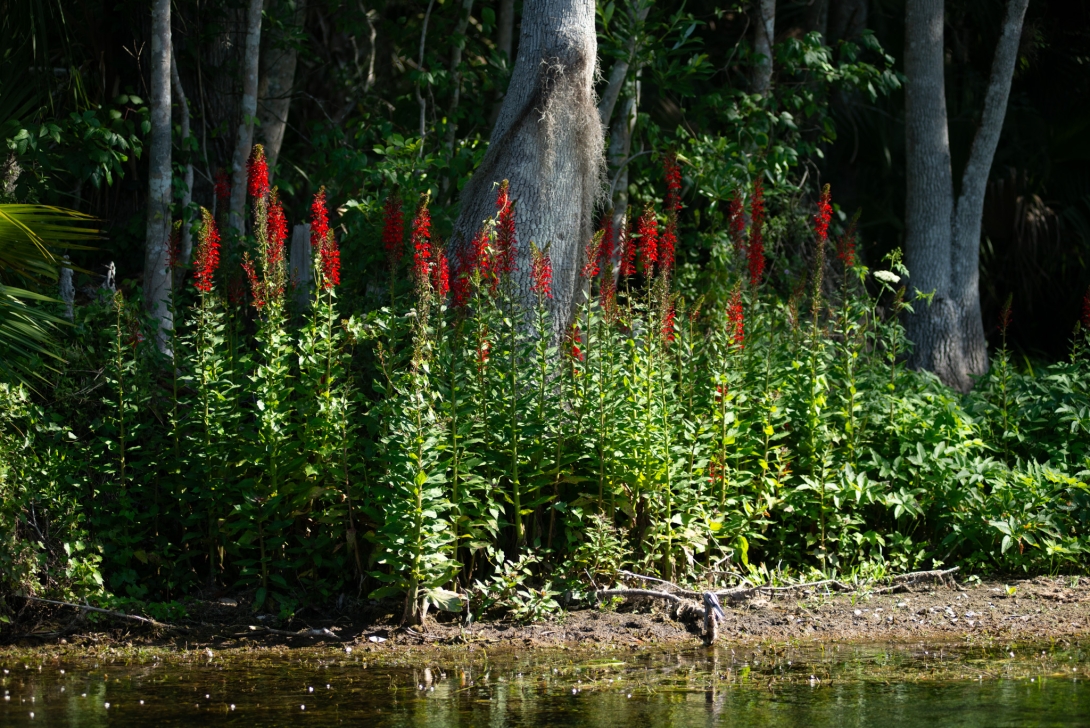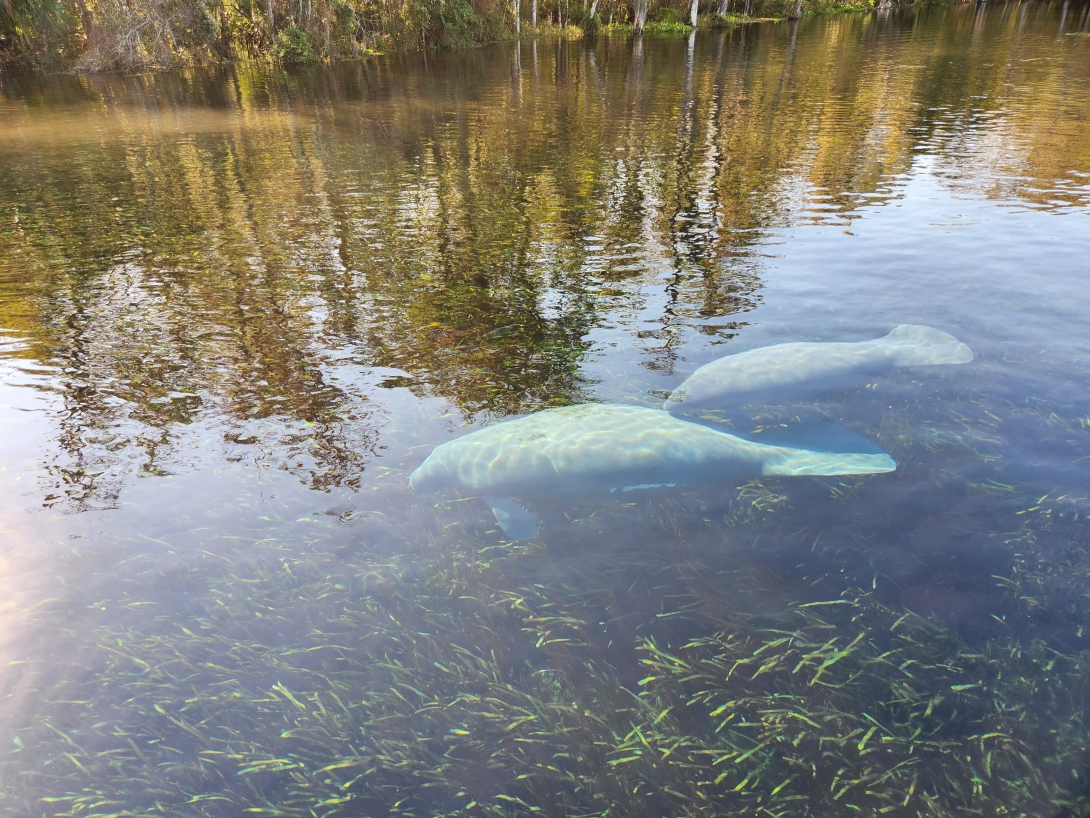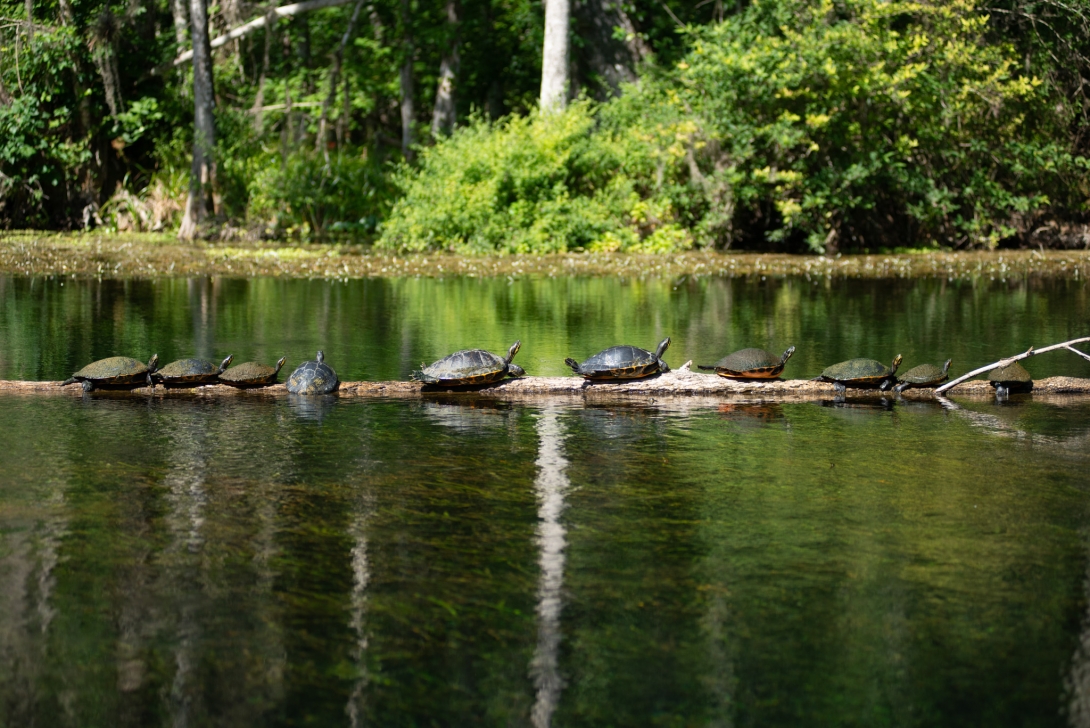Oklawaha River Aquatic Preserve
Marion
1989
406
Open 24/7
Spring run-stream, blackwater stream
Boating, fishing (Oklawaha River only), kayaking, paddleboarding, canoeing, wildlife viewing, nature photography
VISITATION INFORMATION
Parking
Parking is available at each access location.
Boat Access/Ramps
Oklawaha River Aquatic Preserve is accessible through Silver Springs State Park, Ray Wayside Park, Gore’s Landing and Eureka East and West boat ramps. Paddle craft can be launched at any of these boat ramps, but motorboats cannot be launched at Silver Springs State Park. Paddle craft can be rented through the state park and other vendors in the area. For safety reasons and for the protection of the resources, swimming is prohibited on the entirety of the Silver River. While swimming is permissible on the Oklawaha River, for safety reasons, it is highly discouraged.
- Silver Springs State Park
- Ray Wayside Park (Ocala Boat Basin)
- Gore’s Landing
- Eureka East Boat Ramp
- Eureka West Boat Ramp
- Florida Boat Ramp Finder
Facilities
The aquatic preserve offers no facilities, but please check each access location for a list of available facilities.
Contact
Trisha Green
352-465-8565
Trisha.Green@FloridaDEP.gov
History
The Oklawaha River is one of the oldest rivers in Florida. Humans have used the Oklawaha River for fishing, hunting, travel and foraging since 7500 BC. Once threatened by the proposed Cross Florida Barge Canal, a 20-mile portion of the Oklawaha River, along with almost the entire length of the Silver River, was designated as the Oklawaha River Aquatic Preserve in 1989. This area is also recognized as an Outstanding Florida Water because of its diverse plant and animal communities.

PUBLIC ENGAGEMENT OPPORTUNITIES

Educational Opportunities
There is an informational exhibit about the Oklawaha River Aquatic Preserve at the Silver Springs State Park Discovery Center and Ray Wayside Park. Visitors can learn about the area's natural and cultural history at the Silver Springs State Park education center and the Silver River Museum. Staff from the Oklawaha River Aquatic Preserve also participate in local events and schools, providing educational opportunities.

Conservation Efforts
The Oklawaha River Aquatic Preserve’s purpose is to maintain the springs and river in an essentially natural state. These conservation efforts are crucial to the health and sustainability of the Oklawaha River Aquatic Preserve ecosystem. Monitoring the quality of the water helps to ensure that it is suitable for recreation and the propagation of fish and wildlife. Managing invasive species helps to protect native plant and animal communities from competition for resources and habitat. Restoring the shoreline protects it from erosion and other damage. These conservation efforts are necessary to help ensure protection, proper management and continued value of the aquatic preserve as an ecological and recreational resource.
Ongoing Research
Ongoing research in the Oklawaha River Aquatic Preserve includes monitoring and assessing the impacts of nonnative fauna on the ecosystem. This includes evaluating submerged and emergent aquatic vegetation compositions, surveying for and removing invasive species and coordinating with the Florida Park Service, Florida Fish and Wildlife Conservation Commission and St. Johns River Water Management District. Long-term monitoring of invasive species, water quality and vegetation is critical to understanding the health of the aquatic preserve and its ability to support diverse plant and animal life. This data is also important when reviewing the Basin Management Action Plan, minimum flows and levels, total maximum daily loads and other water quality and quantity restoration goals among partners.
Partner Groups
- Florida Fish and Wildlife Conservation Commission
- St. Johns River Water Management District
- U.S. Army Corps of Engineers
- U.S. Geological Survey
- Silver Springs State Park
- Florida Springs Institute
- Marion County (including the Division of Parks and Recreation and Code Enforcement)
- The Nature Conservancy
- Aquatic Preserve Society
The Oklawaha River Aquatic Preserve has also participated in the Silver River Working Group, which sought to protect the water quality and quantity in the Silver Springs groundwater basin. Additionally, the preserve was a member of the Marion County Water Resources Stakeholders Group, which created land use regulations for development in critical spring recharge areas.
The cooler temperatures brought in small herds of manatees to the warm waters of the Silver River. Staff, volunteers and visitors all enjoy seeing these friendly, curious giants! The cooler temperatures also pushed the invasive tilapia to the headsprings. Staff focused on the ones in the emergent vegetation this week and any that were showing early signs of spawning, which include pairing up, turning white, and clearing vegetation for beds.
Silver Springs State Park, Wekiwa Springs State Park, and Oklawaha River Aquatic Preserve hosted “Girl Scouts Love State Parks”. On the morning of September 13, 100 Girl Scouts of all ages arrived at Silver Springs State Park excited and curious. They rotated through several stations where they learned about the aquatic food web with live animals to touch, prescribed burning, and what lives in the different habitats within the state parks.
Oklawaha River Aquatic Preserve and FWC Freshwater Fisheries biologists partnered together to attempt an electrofishing event on the Silver River to remove invasive tilapia. FWC’s past attempts in spring systems earlier in the day were not successful because the tilapia were spooked before the electrofishing boat could even get close enough to deliver an effective electrical pulse.